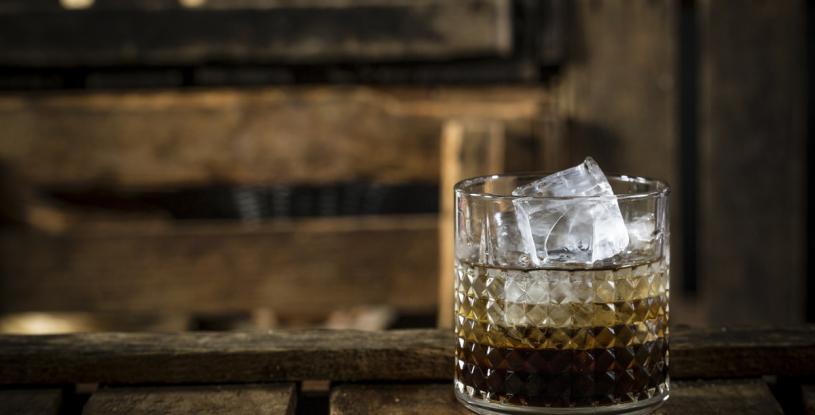In the craft distilling community, innovation often pays tribute to time-bound processes and mash bills. The American Single Malt Whiskey movement does that, with a twist, sometimes looking to inspiration from Scotland, Ireland and Japan. But it remains distinctly American as craft distillers create a product unique from traditional bourbons and ryes, according to drinks market research firm IWSR.
A working definition for American Single Malt is that it’s produced at a single distillery using malted barley as the only grain in the mash bill. Barley has an inherent bite. When malted – a process of soaking the grain with water, allowing it to sprout, and then using wood fire (or in Scotland, a fire created by burning peat moss) to dry it – barley also can take on a smoky flavor. This process is where American distilling artisans begin to distinguish their brands with the use of local water or diverse types of wood for drying the grain.
As the trade group the American Single Malt Commission notes: “Recognition of American Single Malt Whiskey (ASMW) is now at an all-time high, with producers winning awards and competitions outright at the national and global levels.”
To continue elevating the work of U.S. craft distillers, the Commission was formed in 2016 to “protect, educate, promote and ultimately grow” American Single Malt. It advocated for a federal standard of identity to recognize American Single Malt Whiskey, which the TTB published in July 2022 but has not yet ratified.
ASMW President Steve Hawley noted in a March 2024 interview with Bartender Spirits Awards that the American single-malt category has become ‘the most talked about’ in the whiskey industry over the past few years.
As the new category gains traction in the United States, it’s expected to grow at an average annual rate of 9% -- to 185,000 cases -- from 2022-2027, according to IWSR data as of April 2024. Over the five years through 2027, U.S. growth is estimated at 43%. Global sales of American Single Malt are expected to grow at a comparable rate.
MGP began to ramp up malt whiskey production in 2018, according to Josh Slawski, Master Distiller and Director of Process Engineering. “Interest in the category has increased, and we’ve seen that many craft distilleries are also producing some great single malts of their own, as well. Single malt really allows the distiller to showcase their spin on the category,” he said.
Quality and consistency, the hallmark of MGP’s whiskeys, provide a canvas for craft distillers to create exceptional dark spirits. American Single Malt containing 100 percent malted barley from MGP is no exception

